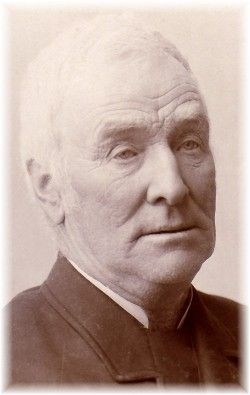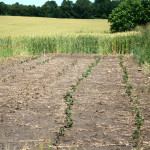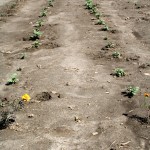Thu 9 Feb 2006
About Thistle Ha’
Posted by Administrator under Commentary, History, John Miller/Thistle Ha', Notices, Recipes, Reminiscences, TodayComments Off on About Thistle Ha’
NOTES: Scroll down the page to view more recent posts. Most images can be enlarged by clicking on them.
Thistle Ha’ is a farm located in Pickering Township, Ontario, Canada. It was settled by Scottish immigrant John Miller in 1839.
 John Miller (pictured) and his descendants had a tremendous influence on the purebred livestock industry in Canada and the United States in the 19th and early 20th centuries. The Millers were renowned innovators, importers, breeders, exhibitors, judges and promoters of Shorthorn cattle, Clydesdale horses, Berkshire and Yorkshire pigs, and Shropshire, Leicester and Cotswold sheep.
John Miller (pictured) and his descendants had a tremendous influence on the purebred livestock industry in Canada and the United States in the 19th and early 20th centuries. The Millers were renowned innovators, importers, breeders, exhibitors, judges and promoters of Shorthorn cattle, Clydesdale horses, Berkshire and Yorkshire pigs, and Shropshire, Leicester and Cotswold sheep.
In recognition of the contributions of the Millers to Canadian agriculture, Thistle Ha’ farm was designated a National Historic Site of Canada in 1973 and a Province of Ontario Heritage Property in 1977. The honours awarded to individual family members including those related to the Millers by marriage for their contributions to the purebred livestock industry are too numerous to list here.
Thistle Ha’ is currently owned and operated by the fourth generation of Millers in Canada.


